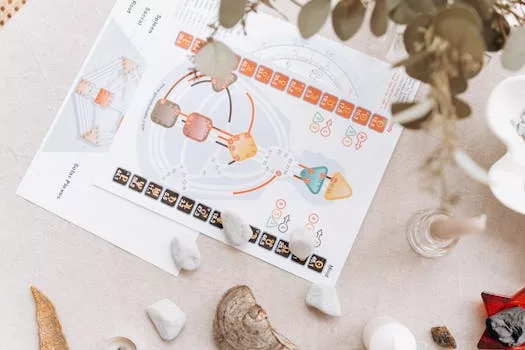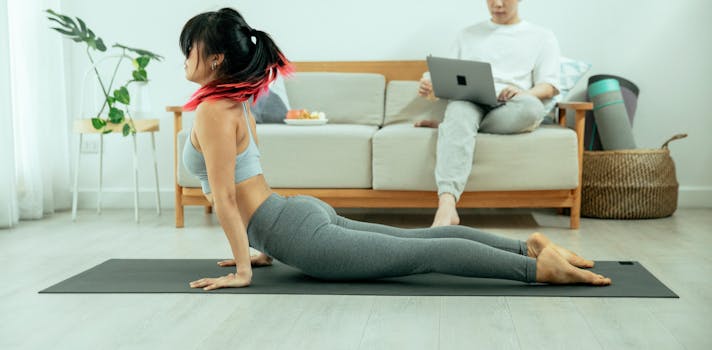
Beginner’s Guide to Yoga: Poses and Practices to Start Your Journey
Takeaways: This guide is designed for those new to yoga, providing foundational poses and practices to kickstart your journey. You will learn about the benefits of yoga, essential poses for beginners, and tips for creating a sustainable practice.
Yoga is not just a physical exercise; it’s a holistic practice that engages the body, mind, and spirit. For beginners, it can be overwhelming to know where to start. This guide aims to provide you with the knowledge and tools necessary to embark on your yoga journey with confidence.
Understanding Yoga

Yoga offers numerous benefits, including:
- Improved flexibility and strength
- Enhanced mental clarity and concentration
- Stress reduction and relaxation
- Better posture and body awareness
- Increased energy and vitality
Essential Yoga Poses for Beginners
As a beginner, it’s essential to start with basic yoga poses that build strength, flexibility, and balance. Here are some foundational poses you can incorporate into your practice:
1. Mountain Pose (Tadasana)
Mountain Pose is a fundamental standing pose that promotes good posture and body awareness. Stand tall with your feet together, arms at your sides, and distribute your weight evenly on both feet. Engage your thighs, lift your chest, and reach your arms overhead, palms facing each other.
2. Downward-Facing Dog (Adho Mukha Svanasana)
This pose stretches the entire body and strengthens the arms and legs. Start on your hands and knees, tuck your toes, and lift your hips towards the ceiling, forming an inverted ‘V’ shape. Keep your spine straight and your heels reaching towards the floor.
3. Child’s Pose (Balasana)
A restorative pose that promotes relaxation and stretches the back. Kneel on the floor, sit back on your heels, and extend your arms forward on the mat, resting your forehead on the ground. Breathe deeply and allow your body to relax.
4. Warrior I (Virabhadrasana I)
This pose builds strength and stability. Stand with your feet hip-width apart, step one foot back, and bend your front knee. Raise your arms overhead, keeping your shoulders relaxed. Look forward, focusing on your breath.
5. Cat-Cow Stretch (Marjaryasana-Bitilasana)
This dynamic movement helps to warm up the spine. Start on your hands and knees. Inhale as you arch your back (Cow), and exhale as you round your spine (Cat). Repeat several times, synchronizing your breath with the movement.
Creating a Sustainable Yoga Practice

1. Set Realistic Goals
Begin with achievable goals, such as practicing yoga for 10-15 minutes a day. Gradually increase the duration and intensity of your practice as you become more comfortable.
2. Find a Comfortable Space
Create a designated area in your home for yoga practice. Make it inviting and peaceful, with ample space to move freely.
3. Use Online Resources
Consider following online classes or video tutorials designed for beginners. This can help you learn proper alignment and technique.
4. Listen to Your Body
Yoga is about tuning into your body and respecting its limits. If a pose doesn’t feel right, modify it or skip it. Remember, each practice is unique.
5. Incorporate Mindfulness
Mindfulness is a crucial aspect of yoga. Focus on your breath and sensations in your body during practice. This will enhance your overall experience and promote relaxation.
Conclusion
Yoga is a beautiful journey that invites you to connect with yourself on multiple levels. By starting with foundational poses and establishing a consistent practice, you can cultivate a sense of balance, peace, and well-being in your life. Remember, the journey of yoga is personal, and it’s essential to progress at your own pace. Embrace the process, and enjoy every step of your yoga journey!





